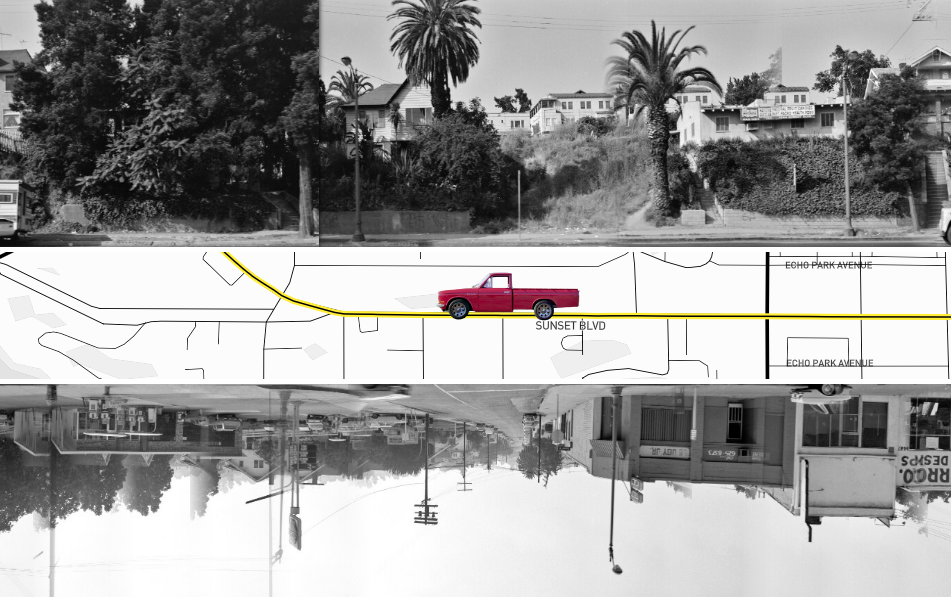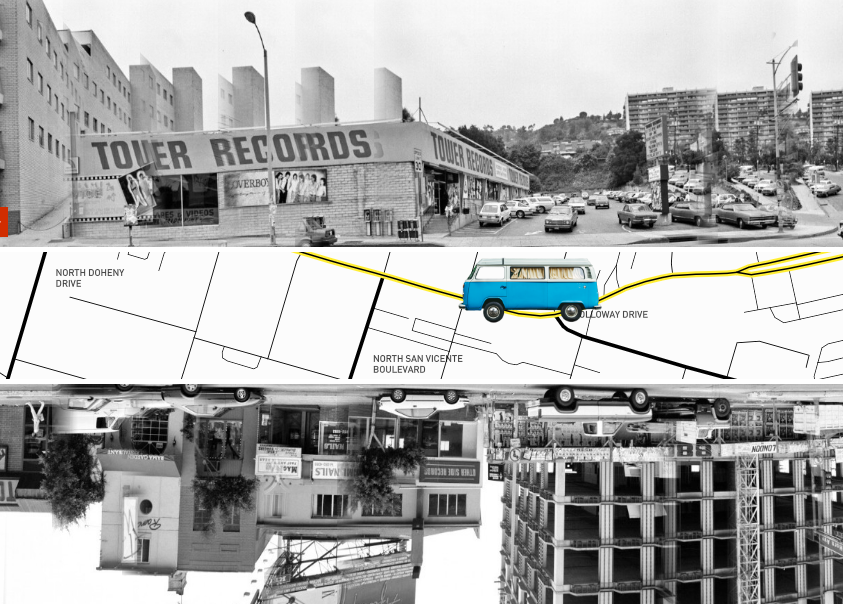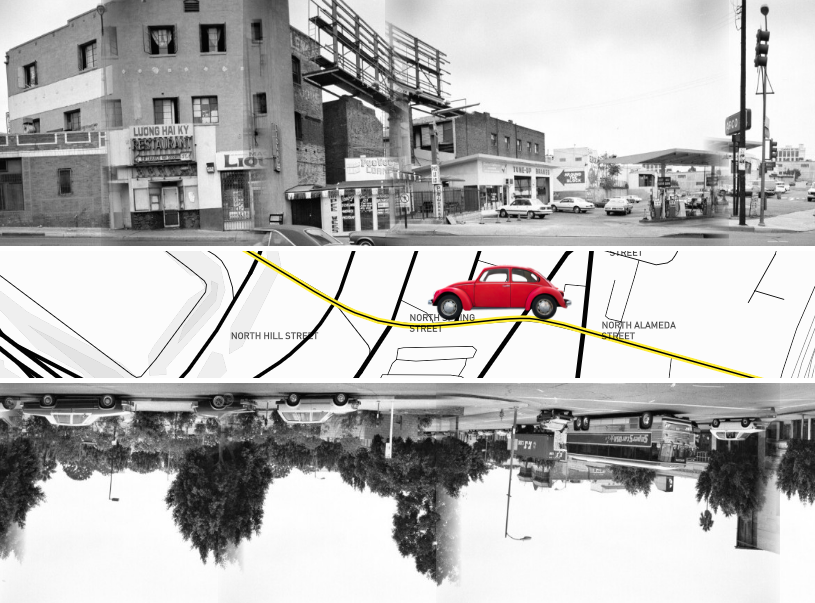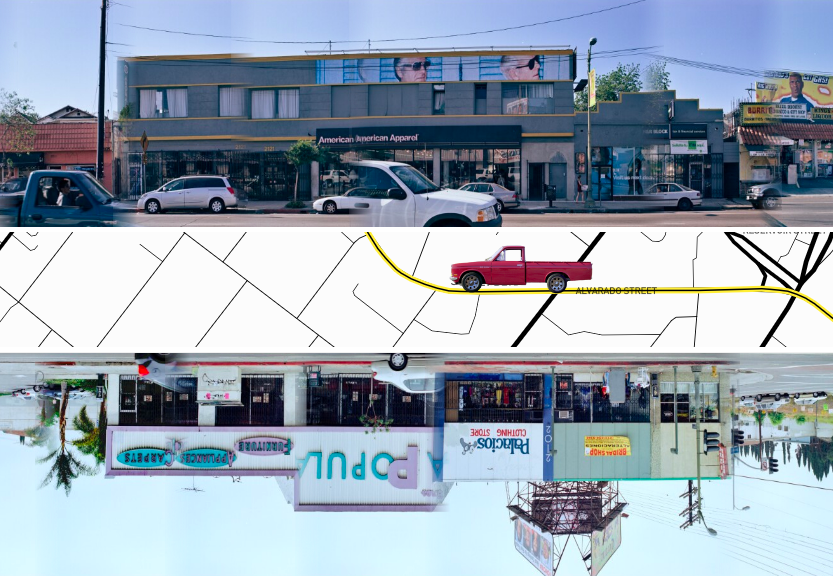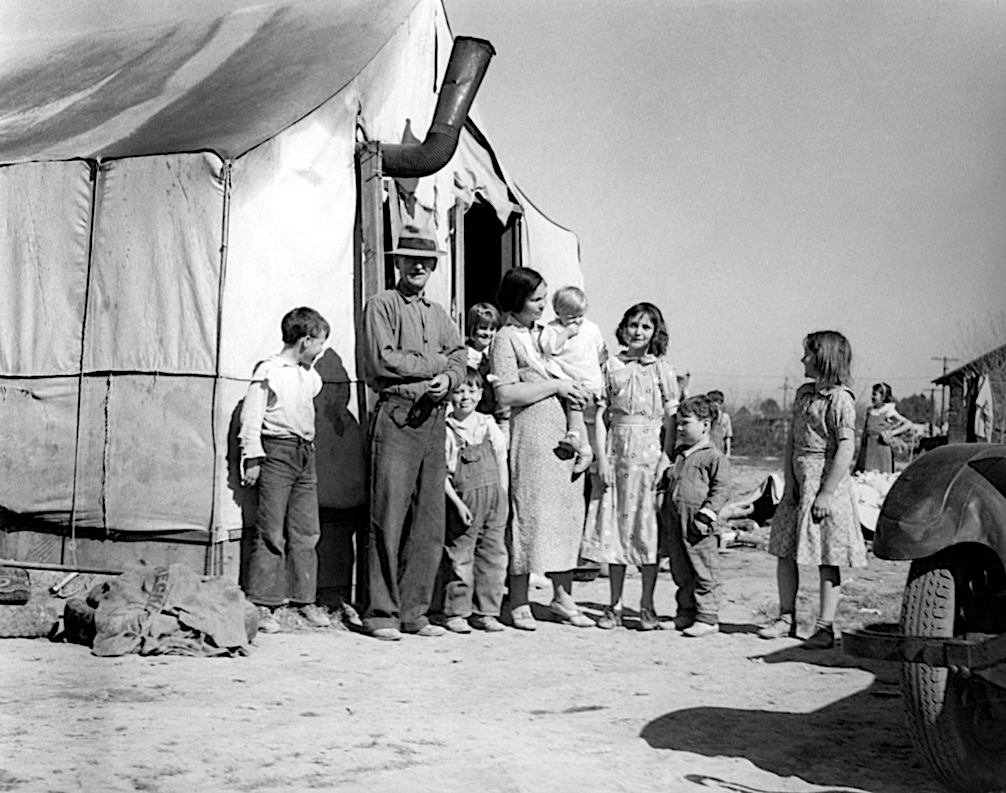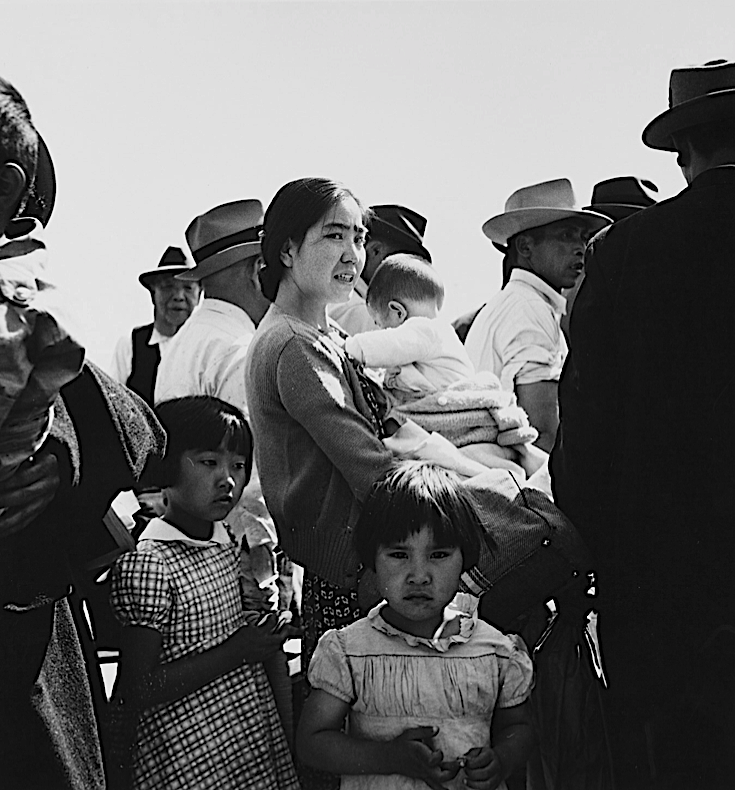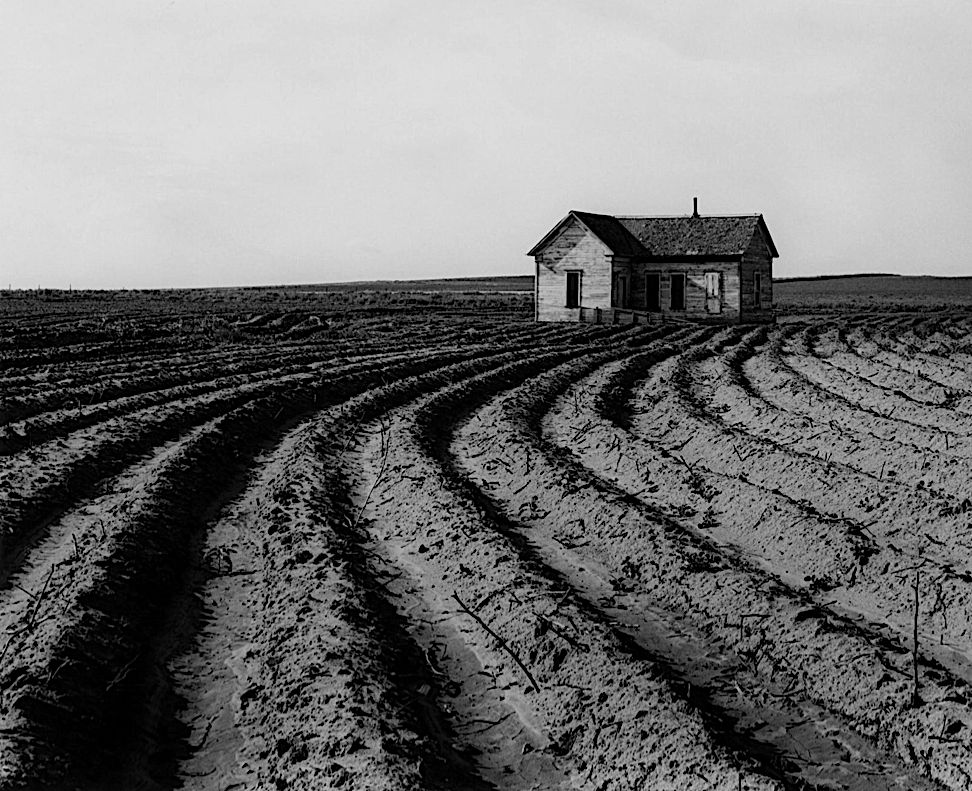A giant of 20th century scholarship, W.E.B. Du Bois’ career spanned six decades, two World Wars, and several waves of civil rights and decolonial movements; he saw the twentieth century with more clarity than perhaps anyone of his generation through the lens of “double consciousness”; he wrote presciently about geopolitics, political economy, institutional racism, imperialism, and the culture and history of both black and white Americans; we find in nearly all of his work piercing observations that seem to look directly at our present conditions, while analyzing the conditions of his time with radical rigor.
“An activist and a journalist, a historian and a sociologist, a novelist, a critic, and a philosopher,” notes the Stanford Encyclopedia of Philosophy, Du Bois “examined the race problem in its many aspects more profoundly, extensively, and subtly” than “anyone, at any time.” And there is no one more fluent in the vernaculars, literatures, and philosophies Du Bois mastered than Cornel West, who lays out for us what this means:
Du Bois, like Plato, like Shakespeare, like Toni Morrison, like Thomas Pynchon, like Virginia Woolf…. What do they do? They push you against a wall: heart, mind, soul. Structures and institutions, vicious forms of subordination, but also joyful and heroic forms of critique and resistance.
West begins his course on Du Bois—delivered in the summer of 2017 at Dartmouth—with this description (things get going in the first lecture at 3:15 after the course intro), which gestures toward the comparative, “call and response,” discussion to come. All nine lectures from “The Historical Philosophy of W.E.B. Du Bois” (plus an additional public talk West delivered at the university) are available at Dartmouth’s Department of English and Creative Writing site, as well as this YouTube playlist.
The course follows the movement of Du Bois’ complex historical philosophy and pioneering use of scholarly autobiography—(what West calls the “cultivation” of a “critical self”)—through a number of themes, from “Du Bois and the Catastrophic 20th Century” to, in the final lecture, “Revolution, Race, and American Empire.” It begins with 1903’s The Souls of Black Folk, in which Du Bois first wrote of double consciousness and penned the famous line, “The problem of the twentieth century is the problem of the color-line.”
West puts close readings of that seminal work next to “subsequent essays in [Du Bois’] magisterial corpus, especially his classic autobiography Dusk of Dawn (1940),” the course description reads. The latter text is not only a Bildung, a “spiritual autobiography,” Du Bois called it, but also a critical analysis of science and empire, whiteness, propaganda, world war, revolution, and a conceptualization of race that sees the idea’s arbitrary illogic, in the “continuous change in the proofs and arguments advanced.” These ideas became formative for anti-colonial, anti-imperial, and Pan-African movements.
Du Bois first formed his “radical cosmopolitanism,” as Gunter Lenz writes in The Journal of Transnational American Studies, during his studies in Germany, where he arrived in 1892 and found himself, he wrote, “on the outside of the American world, looking in.” He returned to Germany over the decades and, in a 1936 visit, was one of the few public intellectuals who predicted a “world war on Jews” and “all non-Nordic races.” But Du Bois not only confronted the genocidal wars and helped lead the liberatory movements of the 20th century; he also, with uncanny perspicacity, both anticipated and shaped the struggles of the 21st. Access West’s full lecture course here.
West’s course, “The Historical Philosophy of W.E.B. Du Bois,” will be added to our collection, 1,700 Free Online Courses from Top Universities.
Related Content:
Free Online History Courses
W.E.B. Du Bois Devastates Apologists for Confederate Monuments and Robert E. Lee (1931)
Daniel Dennett and Cornel West Decode the Philosophy of The Matrix
Josh Jones is a writer and musician based in Durham, NC. Follow him at @jdmagness

